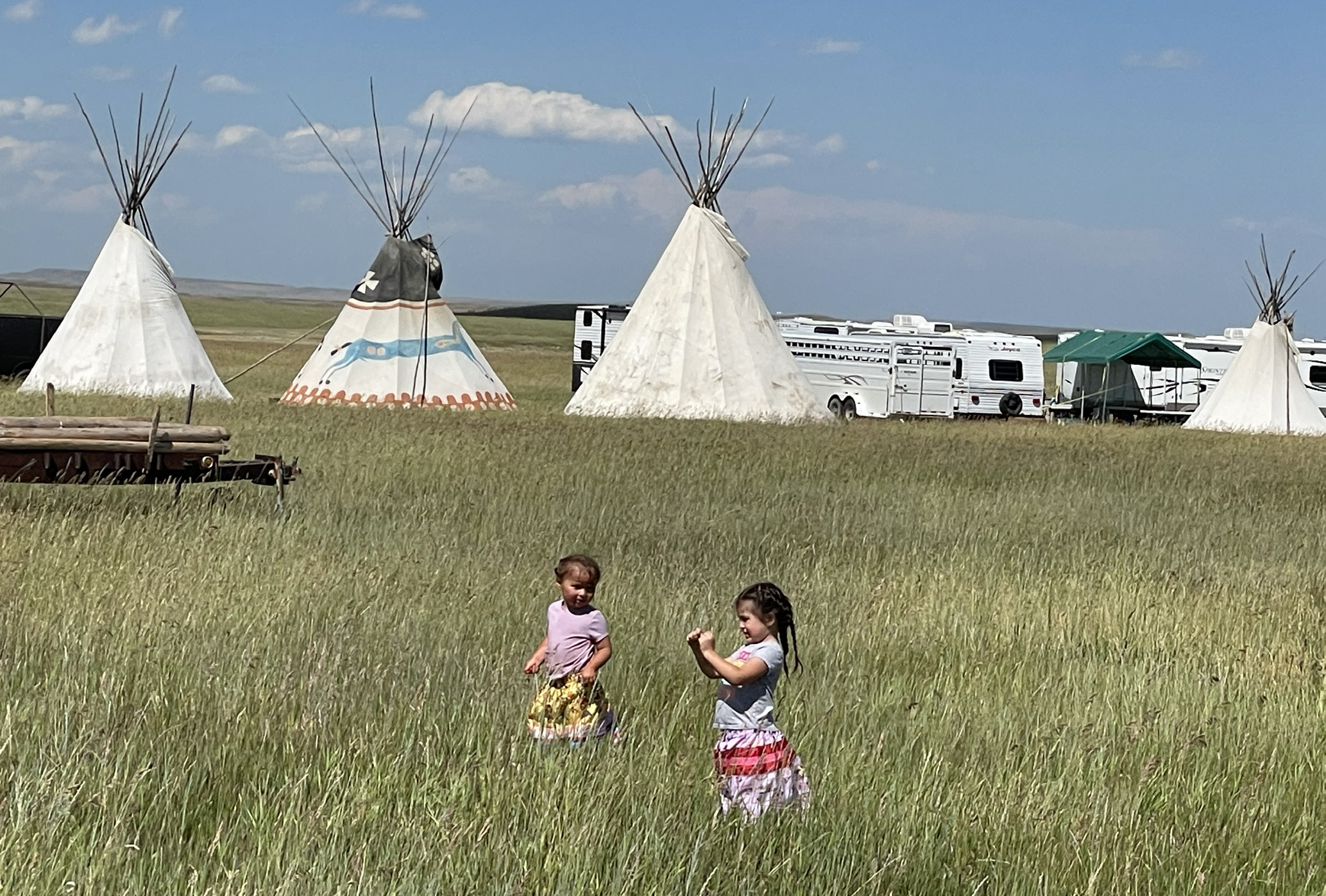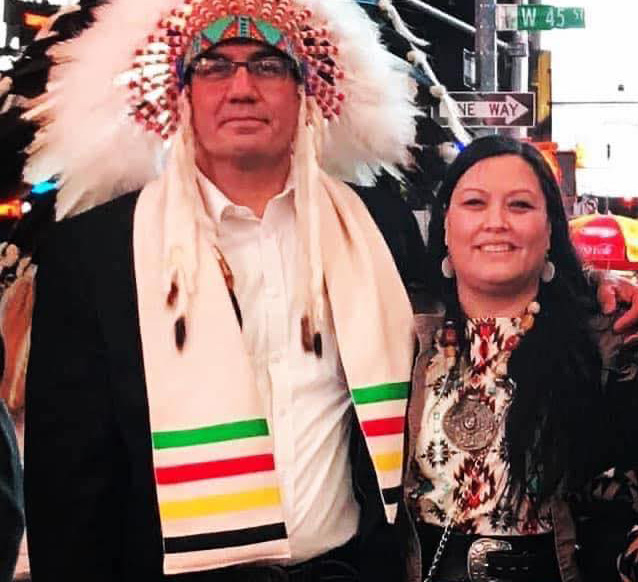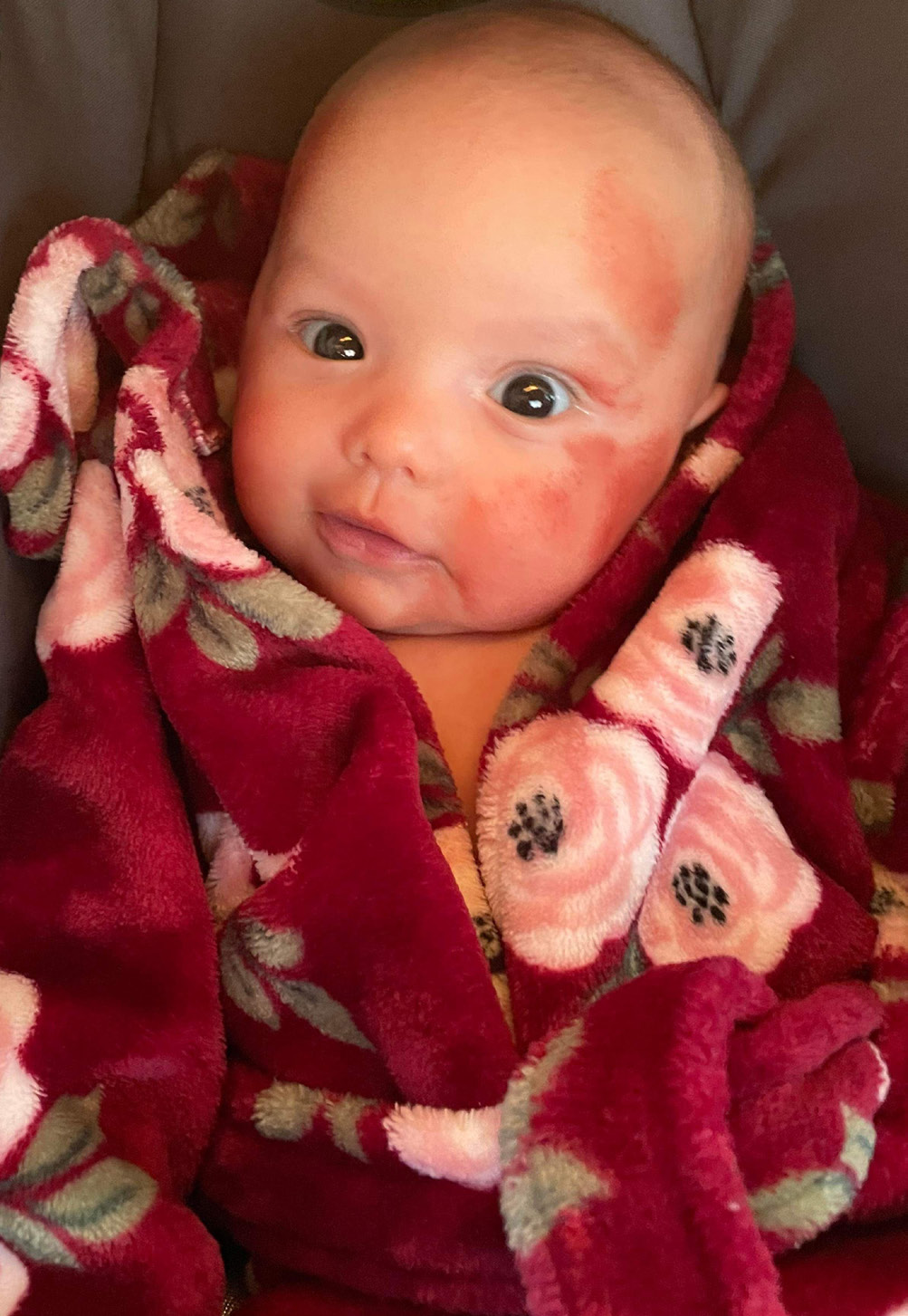Featured Montanans: Blackfeet ECO Knowledge
Tribal culture and history are centered on oral traditions for learning and storytelling. Lona Runningwolf and her husband Tyson are working to preserve the Blackfoot language. They founded Blackfeet ECO Knowledge (BEK) to reverse the impacts of historical trauma through language and cultural revitalization in Blackfeet communities. “Historical policies that were inflicted upon us impacted our culture, ties to the earth, and language,” explained Lona.
As a teacher, Lona witnessed the impacts of historical policies firsthand. “I saw high levels of trauma in my classroom. I couldn’t understand why we had so much of it, so I started to research how policies impacted us. Why didn’t I know my culture? Why didn’t I know my language?”
Meanwhile, Tyson gained experience in forestry management and developed a deep connection to the land. He realized that historical policies had reduced community understanding of reciprocal relationships between people and the environment. “We were both reconnecting to our culture and language and realized the link between our people and the environment. That’s how BEK came to be,“ Lona said. “If we’re going to make a difference before it’s too late, we have to educate people about the intertwinement of tribal culture and environmental sustainability.”

Children play during a summer camp tipi talk in which stories are shared about inii (buffalo). Photo: Blackfeet ECO Knowledge
As part of this mission, Lona is passionate about revitalizing the Blackfoot language, which is important for two reasons. “First, we want our people to know our relationship with the environment through our language,” said Lona, “and second, the basic definition of a nation is having your own language.” Runningwolf recognizes this as an important distinction of The Blackfeet Nation.
The Blackfoot language is designated by UNESCO as endangered due to a low percentage of first-language fluent speakers, most of whom are at the grandparent age.
Most efforts of Blackfoot language revitalization have primarily emphasized second-language acquisition, through which tribal people learn Blackfoot after they have already learned English. “But,” Lona emphasized, “to support this effort further, we have to have first-language speakers. We have to exist in both worlds, so we want them to be bilingual.”

Tyson and Lona Runningwolf. Photo: Blackfeet ECO Knowledge
To move forward, BEK has hired a Language Shield Keeper for a year-long pilot project to identify infants in prime age (8-12 months) who are building the sounds of language. He will work with fluent language speakers from the community and the language experts from the Cutswood Immersion School to identify families to participate and implement the project.
Infants will then be entered into controlled environments where they will play and interact only in Blackfoot with fluent first-language speakers. Families will attend to immerse themselves with second-language learners to deepen their language skills. They will also receive weekly flashcards with words and phrases to utilize the language as much as possible, learn Blackfeet lullabies to sing to their children, and complete forms to report the babies’ use of Blackfoot words and sounds.

A Blackfeet baby is painted with ceremonial paint. The language project aims to create first language speakers beginning when language is being formed in infancy.Photo: Blackfeet ECO Knowledge
In terms of community involvement, local stores will be asked to label items and support conversations in Blackfoot. Posted signs will outline the program, explain that participating infants may be in the store, and emphasize the importance of the infants hearing the use of Blackfoot in conversation as much as possible. Customers will be asked to please use Blackfoot words, and QR codes in stores will provide recordings of how to pronounce words correctly.
The one-year program is currently under development, with BEK’s Language Shield Keeper working to identify fluent speakers and design the instructional flow. BEK currently has funding for four infant participants and hopes to fund 10 children in total.
“It’s a pilot, but we want to keep going and build first-language speakers. The trajectory of language growth could be exponential,” said Lona, “Language revitalization, reversing historical trauma, and initiating environmental efforts all boil down to sustainability and reconnecting our people to their sense of place.”
Learn more about Blackfeet ECO Knowledge at www.blackfeetecoknowledge.org, or how to help support the language initiative by directly contacting Lona at [email protected]and Tyson at [email protected].
Christine Hodges is the MSU Extension 4-H Curriculum and Communications Specialist.
